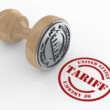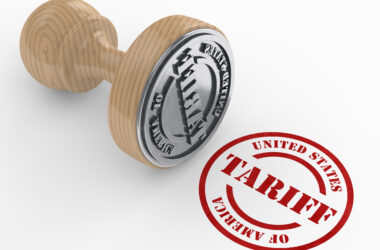Worries about a possible recession are not slowing consumer spending.
According to data released Thursday by the Bureau of Economic Analysis, the U.S. real gross domestic product increased by an annual rate of 2.9 percent in the fourth quarter of 2022. The strong fourth quarter followed a third quarter with a 3.2 percent increase.
The national real gross domestic product increased by an annual rate of 2.9 percent in the fourth quarter of 2022.
Bureau of Economic Analysis
“The increase in real GDP reflected increases in private inventory investment, consumer spending, federal government spending, state and local government spending and nonresidential fixed investment that were partly offset by decreases in residential fixed investment and exports,” said the BEA press release.
Personal income and disposable personal income both increased in the quarter.
Consumers spent more on services in the fourth quarter.
From the BEA advanced estimates in the fourth quarter, spending on new vehicles increased slightly. Spending on used vehicles dipped from the third quarter.
The labor market remains strong despite recent headlines of layoffs by several large technology companies. The unemployment rate remains near a historic low at 3.5 percent, according to the Department of Labor. Nationwide new unemployment claims decreased by 22.1 percent this past week, with a total 224,481 — 63,849 fewer than the previous week.
In other market news, mortgage rates continue to tick down. According to Freddie Mac, the 30-year fixed rate decreased to 6.13 percent. It’s the lowest rate since September.
The 30-year fixed rate mortgage decreased to 6.13 percent. It’s the lowest rate since September.
Freddie Mac
“Mortgage rates continue to tick down and, as a result, home purchase demand is thawing from the months-long freeze that gripped the housing market. Potential homebuyers remain sensitive to changes in mortgage rates, but ample demand remains, fueled by first-time homebuyers,” said the latest Freddie Mac release.
The new economic numbers come prior to the Federal Reserve Board of Governors meeting Jan. 31 to Feb. 1. It will be their first meeting of 2023.
In an effort to control record inflation, the Fed raised its target rate 425 basis points in 2022. Following a series of 75-point hikes, an increase of 50 points was approved in December, putting the target rate at a 15-year high at 4.25 to 4.5 percent.
With signs of overall inflation cooling, falling from a high of 9 percent in June to 6.5 percent in December, some members of the Fed have hinted at a smaller increase at its next meeting.










